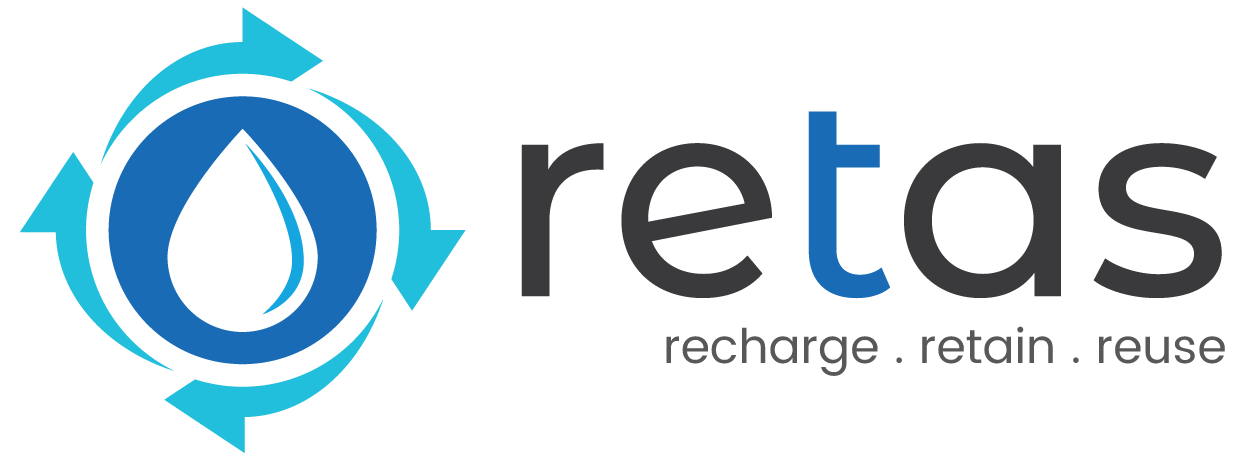Rainwater Harvesting
Rainwater Harvesting
A straightforward method or technique called "rainwater harvesting" is used to gather, transport, store, and purify rainwater for later use. Let's look at the rainwater harvesting system's design.
All living organisms, including plants, animals, and people, depend on water to maintain their existence and carry out numerous cellular functions. Ever considered a day without access to water?
No, and it's difficult to imagine. Everyday tasks including cleaning, washing, bathing, cooking, drinking, and other residential and industrial uses all need the use of water. The key, essential, and non-renewable element of the environment is water. The main causes of the water shortage we are currently experiencing are inadequate water conservation efforts and water body contamination. Therefore, let's start conserving water now so that we don't squander any of it in the future.
Several techniques are used to conserve water when collecting rainwater. With the use of a straightforward picture, this article explains the idea of a rainwater harvesting system.
Table of Contents
- Rainwater Harvesting System
- Rainwater Harvesting Solutions?
- Why do we harvest Rainwater?
- Advantages of Rainwater Harvesting
- Disadvantages of Rainwater Harvesting
How Can Rainwater Be Harvested?
The following parts make up the rainwater harvesting system:
- Rainwater is gathered and stored in catchments.
- Transports gathered water from catchment regions to storage locations using a conveyance system.
- First Flush: Used to redirect the first downpour in order to avoid pollution.
- Filters are employed to eliminate pollutants from the rainwater that has been collected.
- Water that has been filtered and is ready for use is kept in tanks and recharge structures.
- Rainwater is captured and channeled from natural sources or man-made catchment areas like roofs, landscapes, roadways, open fields, etc. during the process of rainwater harvesting, which involves the collecting and storage of rainfall through specified systems. Surface water flow from impermeable or semi-permeable places, such as soil surfaces, rocks, sloping hills, and artificial recharge zones, is included in this.
The amount of water collected is significantly influenced by a number of factors, including:
- The severity of the rain Catchment area characteristics
- impact on the environment
- technological readiness
- Capacity of the storage tank
- type, slope, and material of the roof
- frequency, volume, and quality of rainfall
- the rate at which rainwater enters the subsoil and infiltrates for groundwater recharge.
How Come We Collect Rainwater?
One of the best strategies used and promoted to enhance water conservation is rainwater gathering. Nowadays, there is a serious problem with the lack of good water. However, rainwater can also be utilized for irrigation, cleaning, washing, cooking, and other livestock needs because it is pure and of high quality.
Benefits of Rainwater Harvesting: The following are some advantages of a rainwater harvesting system:
- Cost-effective.
- helps cut down on water costs.
- decreases the need for water imports.
- encourages energy and water conservation.
- enhances the quantity and quality of groundwater.
- dispenses with the requirement for irrigation infrastructure in dry places.
- Simple to set up, run, and install.
- reduces surface water contamination from metals, chemicals, fertilizers, and other toxins, as well as pollution from floods, stormwater runoff, and sediment.
- offers a great source of mineral- and chemical-free water that is perfect for irrigating soil.
- Issues with Rainwater Harvesting
- In addition to the enormous benefits, rainwater collecting has a few disadvantages, such as unforeseen rainfall, a lack of adequate storage systems, etc.
The following are some downsides of rainwater harvesting:
- calls for routine maintenance.
- installation requires some technological know-how.
- Rainfall that is insufficient and erratic might limit the amount of available water.
- Inadequate installation might encourage the spread of waterborne illnesses and mosquitoes.
- Limitations in storage space are a key disadvantage to rainwater harvesting.
- The availability of adequate rooftops or catchment areas is a prerequisite for the installation of rainwater harvesting devices.
- Rettas Water Solutions' biological solutions can help you learn more about rainwater collection and other relevant biological and environmental issues.
- We can significantly help to conserve water by implementing rainwater gathering techniques. In addition to helping the environment and ensuring a sustainable future, it also benefits us. So let's embrace rainwater collection as a prudent strategy for managing water.
Frequently Asked Questions
Q1
What do you understand by rainwater harvesting?
Rainwater harvesting is the process of collecting and storing rainwater for later use instead of letting it flow away.
Q2
What are the different methods of rainwater harvesting?
The various methods of rainwater harvesting include:
Roof Rainwater Harvesting - The roof becomes a catchment area, and rainwater is collected from buildings and houses. The components of roof rainwater harvesting are:
- First flush
- Conveyance
- Catchment area
- Filtration
- Surface Runoff Harvesting - This is a system that collects rainwater, which flows as surface runoff. It captures flowing rainwater using appropriate techniques and utilizes it for recharging aquifers.
Q3
What is the importance of rainwater harvesting?
Rainwater harvesting is a sustainable process that helps conserve water for future needs. In the present scenario, water scarcity is a major concern. Rainwater harvesting is a good method for water conservation.
Q4
What are the benefits of rainwater harvesting?
The benefits of rainwater harvesting are:
- It is cost-effective.
- It helps in water conservation.
- It provides a source of water for soil irrigation.
- It is a simple method and easy to practice.
- It reduces soil erosion and pollution of water bodies caused by fertilizers, pesticides, and other contaminants.
Q5
What factors affect the quantity of stored rainwater?
- The factors that affect the quantity of stored rainwater are:
- Catchment area characteristics
- Intensity of rainfall
- Storage tank capacity



